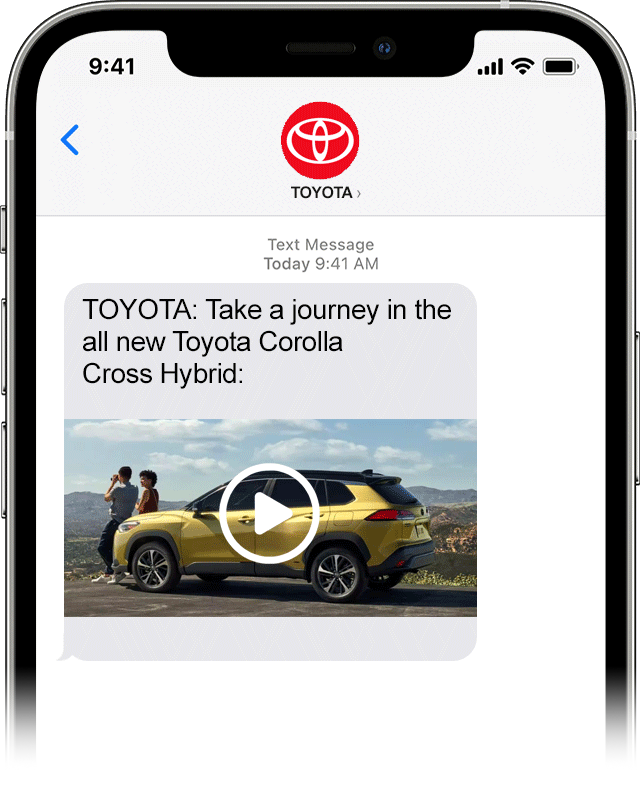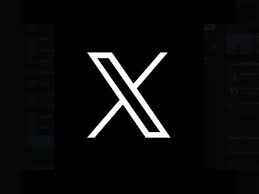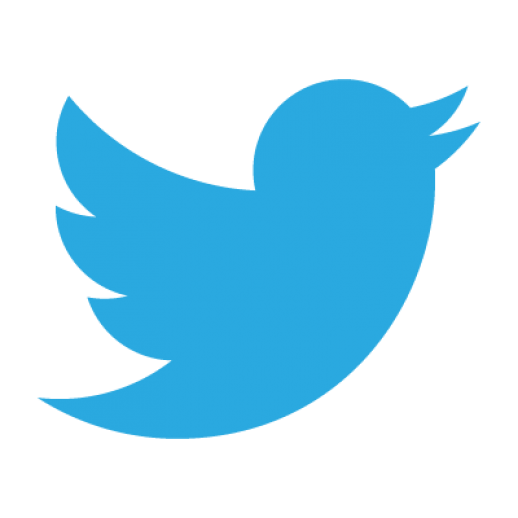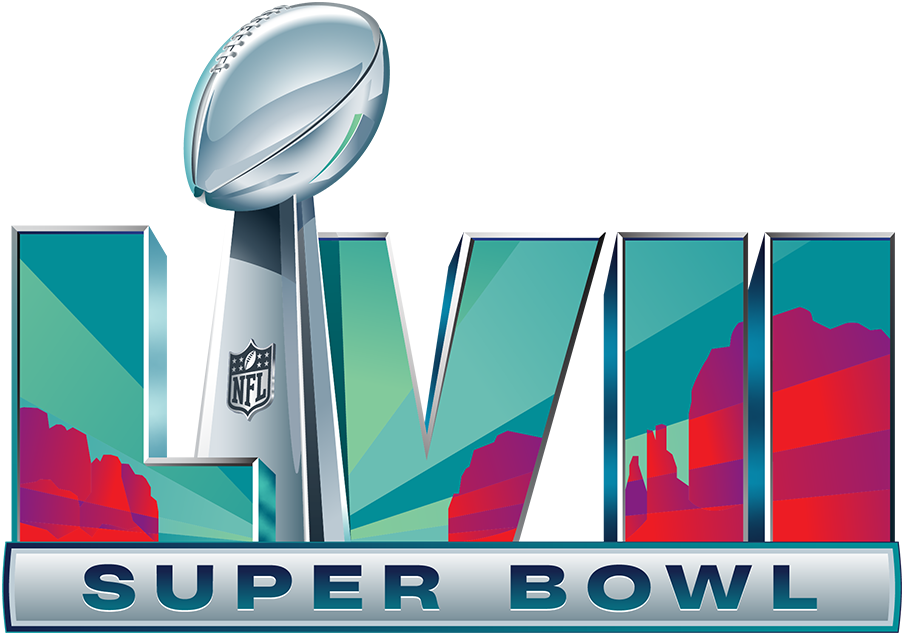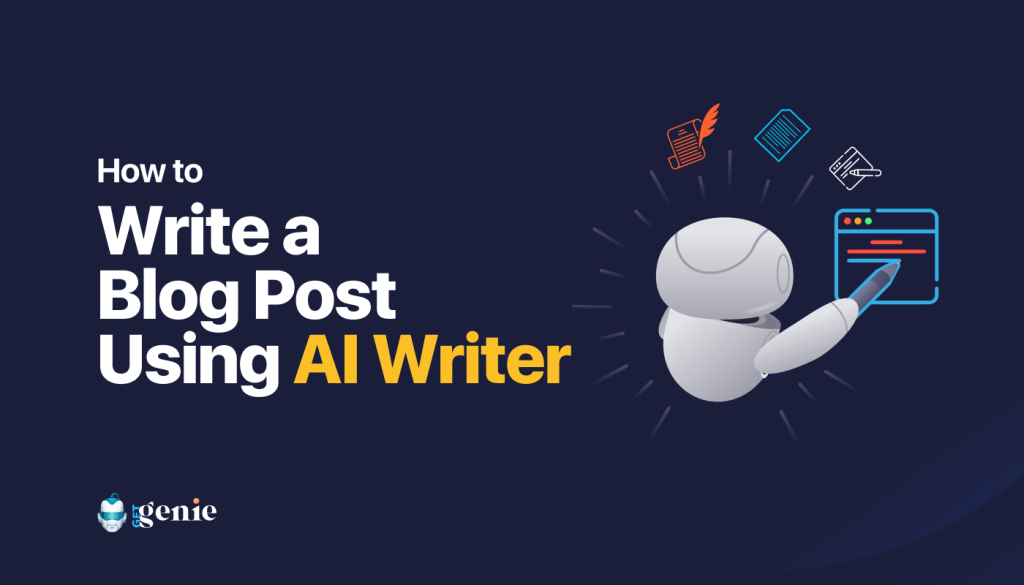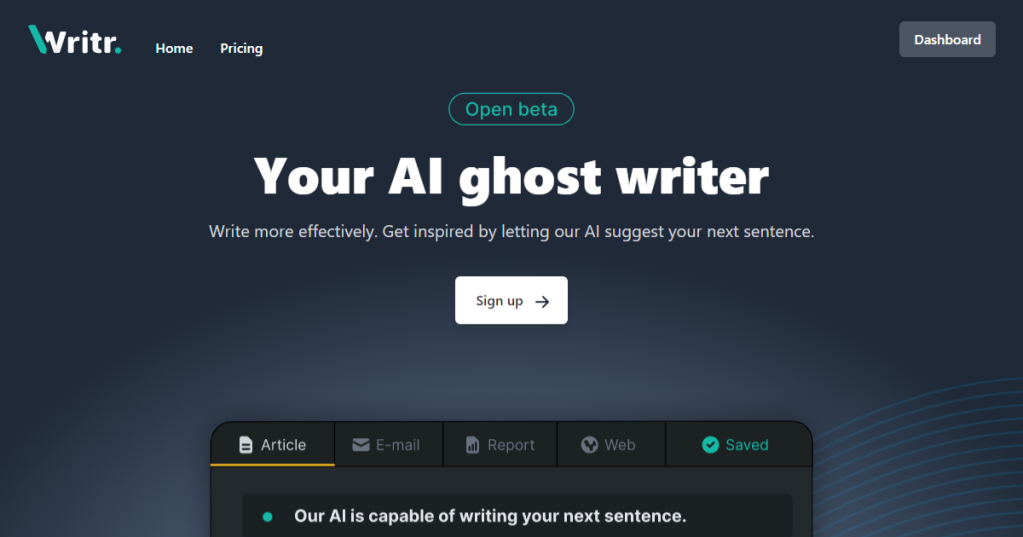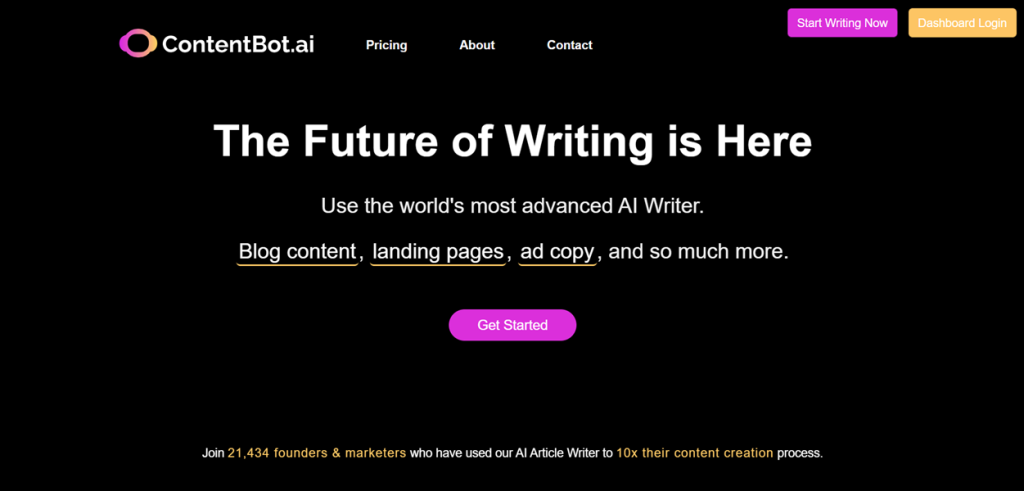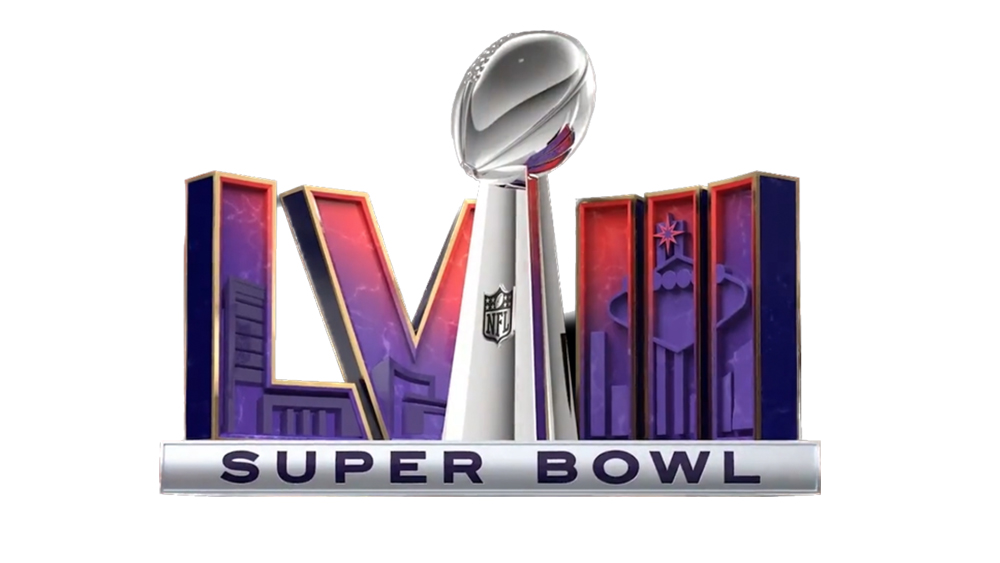
Super Bowl 58 has come and gone, and two things are evident: Post Malone is a pretty darn good singer, and the Chiefs are apparently a very good football team. [Congratulations to them and their fans on being the first team to win back-to-back championships since the New England Patriots nearly 20 years ago.]
Speaking of back-to-back, it appears the advertising bowl was a repeat of last year as well. Nothing risky, nothing wildly interesting, nothing off the wall but really smart. You like to be WOWED with Super Bowl advertising, and – for the second year in a row – I suspect there were not a lot of “wows” being uttered in living rooms across the world.
Some themes that emerged last night:
Religion is apparently making a comeback. A total of five spots were dedicated to some form of religiosity: two spots for Jesus, a spot reminding us to stand up to Jewish hate (sad that we have to be reminded of that,) the annual pitch for Scientology, and Mark Wahlberg hawking Hallow, a new prayer app. (Sad that we need an app for that.)
Repetition was a theme last night as well. And this I like. If you’re trying to get some of the 115 million+ people (in the US) watching the game to REMEMBER you, repetition is a pretty strong tool. And if you can repeat creatively, all the better. A few brands managed to pull this off last night, some with more efficiency than others. Kate McKinnon’s cat meows over and over again, but it sounds like “mayo” for Hellmann’s; and Aubrey Plaza continually reminding us she’s having a “blast” for Mountain Dew; both were fairly effective. But Arnold Schwarzenegger using his own accent as a comic tool when he repeats the word “nay-bah” for State Farm and their “like a good neighbor” tagline was both effective AND funny. And Doordash really hit the repetition ball out of the park with their spot, continually repeating the word “dash” to great effect, while reminding viewers of the actual brand name in the process.
Meta, (the concept, not the company,) was also a theme. We saw a lot of spots using the “let’s make a commercial about making a commercial” theme. It’s a strong device, given that this is the biggest platform on the planet for commercial-making.
HONORABLE MENTIONS:
BetMGM bet on Vince Vaughn doing Vince Vaughn things, and it worked. Throw in Tom Brady and Wayne Gretzky for the typical Super Bowl celebrity-stuffing and you get a pretty good spot.
Ken Jeong is just hilarious, and his turn as a recently-unfrozen-cryogenic-experiment was a laugh. When he’s told it’s Popeye’s, he asks “the sailor man?” Loved it, and sincerely hope that was ad-libbed.
Christopher Walken being hounded by people attempting Christopher Walken impersonations is always welcome. And BMW wrapped it up nicely with the line “the rest are just imitations.”
Reese’s probably gave us the most fun spot of the night with “big change.” Narrator having fun with a roomful of people having outsized reactions – classic fun, and pretty memorable.
Poppi soda made a nice, simple, smart statement about their soda being better than what we all think “soda” is. Less sugar, prebiotics, cool flavors. Nice.
PlutoTV did a nice job of growing couch potatoes in an entertaining spot for their streaming service. They had a good gag, and took it all the way to the farm.
And let’s face it. Chris Pratt kinda does look like the Pringles guy, right?
GRINS:
T-Mobile has been crushing it on Super Bowl ads the last couple of years, and they kept it up with two fun spots. They love singing in their commercials, and this year we got Jason Momoa showing off his pipes and some feats of acrobatics. And their “audition” spot, a Bradley-Cooper-and-his-mom spot, which featured cameos by Laura Dern, Patrick J. Adams and Gabriel Nacht of “Suits” fame, Common, and Jennifer Hudson was entertaining and smart to boot (the idea is no one has to “audition” to get T-Mobile’s Magenta Status VIP treatment.)
Last year, Dunkin’ went all in on the Ben Affleck/Jennifer Lopez thing, and they’ve continued the story this year with Ben trying to break into the pop music business with his group “The Dunkings,” which also features Tom Brady on keyboards. Probably not the best brand-building spot we’ve ever seen, (they’re going all in on the Boston thing,) but it’s cute, and the self-effacing turn from Matt Damon made it really funny.
Disney+ put in a surprisingly good turn this year with their “well said” spot. Just plain typewriter text (not quite Courier, but close,) on a white screen, scrolling through some of the more memorable phrases in Disney history, including “who’s the fairest of them all?” and “the Force will be with you…always” and “To infinity…and beyond.” Some might call this lazy. I saw it as a way to break through the clutter (and a noisy living room hosting a Super Bowl party) and deliver something powerful. Winner of the “sneaky good” category.
NFL made some important statements about bullying and mental health in two semi-PSAs/semi-self-congratulatory spots. But their full length spot, featuring Quesi, a young boy from Ghana with big NFL dreams, made a salient point: “it doesn’t matter where you’re born, as long as you’re born to play.” That line is delivered by Osi Umenyiora, a former NFL player of Nigerian descent. The NFL is committed to growing the game internationally, and this spot shed light on that initiative with warmth and fun and facts. Well done.
One of my favorites of the evening was this spot for CeraVe, another meta take on commercial-making, where quirky actor Michael Cera is pitching the dermatology board at CeraVe skin care to use him as their spokesman. The screen cuts to bold text (love that Din Pro font family,) that says “Developed with Dermatologists. Not Michael Cera.” It manages to deliver silliness, seriousness, a singular brand platform that their products are indeed developed by dermatologists, name recognition and memorability all at once. Exactly what a Super Bowl spot should do.
This spot from Verizon, featuring Beyonce trying to “break the Internet” was a masterclass in over the top advertising. First off, she’s wildly popular. Second, she pretty much HAS broken the Internet over her career. This spot features her going to outrageous lengths to TRY and break the Internet, but Verizon’s incredible coverage never wavers. A great performance by Beyonce, a hint of self-effacing humor shows she doesn’t take herself THAT seriously, and lots of smart and timely pop culture references. And that she’s using it as a platform to tease/drop new music is even cooler.
I think one of the best spots of the night was made by Bud Light. A return to form for this brand, (who has been in the news the last year or two for all the wrong reasons,) which is to be big, brash, unapologetically silly and fun. They take a simple concept, stretch it out as far as it can go, add a couple of big celebrities (Peyton Manning and Post Malone, with a cameo by Tyrannosaurus Rex,) and execute the heck out of it. The perfect recipe for really strong Super Bowl advertising.
MY WINNER:
Dove returns with another smart ad that’s tactfully and intelligently delivered. Using the “It’s a Hard Knock Life” song, we see a montage of girls flubbing it at sports from gymnastics to ice skating, basketball and softball. And even though they do, they smile and press on. The text on the ad reads “the knocks don’t stop girls playing sports…low body confidence does.” Wow. BANG. The ad gets quiet, and we get a peek at a young girl in a bathing suit looking at herself somewhat disapprovingly in a mirror. Text reads “45% of girls quit sports by age 14…together we can keep them in the game.” And we’re encouraged to “Join the Body Confident Sport program.” This brand hardly sells soap anymore – they sell esteem and female empowerment and tolerance and acceptance and…and..and…Great work as usual.
GROANS:
The Google Pixel ad was a good moment. Lovely story of a semi-blind man named Javier who is now able to capture photos on his phone with the help of the phone’s AI assistant. I liked it initially, and the final scene was touching. It’s also technically good advertising because it focuses on a singular feature. I just think that accessibility is about so much more than taking selfies, and I thought this ad undercut the mission a little bit.
The Nerds Gummy Clusters ad was just kind of confusing. It features Addison Rae, a Gen Z singer/influencer, and a blobby Nerd candy (I guess?) recreating the iconic scene from Flashdance. It just felt weirdly mistargeted, as I’m not sure how much of the Super Bowl audience under 40 would even know or remember Flashdance. Compare this with the Skechers ad using Mr.T as a conduit – at least those sneakers are targeted to an aging Gen X audience that would actually know who he is.
All of the Homes.com ads (there were three of them at least,) went too far into the gags without clearly making the points they were hoping to deliver. The ads say some really good things about the brand like “gathering up close and detailed information on neighborhoods, and hiring top experts to get you insider info on local schools…” All good stuff, but the core messaging gets blurred out in the outlandish mayhem designed to be funny. They further confused the point by introducing Jeff Goldblum into one of the ads – he’s the Apartments.com spokesman – for comedic effect. The only effect it had was an unclear value proposition, poorly delivered across several ads. The parent company, CoStar Group, reportedly spent $35 million on all their ad exposure. Yikes.
Oreo delivered a big-budget ad with big scenarios throughout history left to chance, with decision-makers deciding on which way to go by “twisting on it.” Yeah – they twist their Oreo cookies, and if the cream is on the left, homo sapiens split off from the dinosaurs and survive the asteroid hit that kicks off the ice age. If the twist reveals cream on the right, we get boy bands and the Kardashians. Ugh. I always like the let’s-show-the-product-in-action approach, so I’ll submit that as a plus. But “let’s twist on it” sounds forced, and it looked that way too.
I know it’s sacrilege, but is it okay if I didn’t like the Martin Scorsese-directed spot for Squarespace? It just seemed like more of a commentary on people’s obsession with smartphones, and made exactly ZERO mention of any brand benefits. Squarespace is a website that makes it easy to build websites, and it’s never mentioned. Not once. And the only ones who use it are aliens trying to get noticed? Then they end with the tagline “A website makes it real.” Makes WHAT real, exactly? Meh.
And probably my biggest groan of the night was Crowdstrike’s attempt at a “big” commercial for the Super Bowl. It’s set in the Wild West…in the past? Or is it a post-apocalpytic future? Hard to tell. Some people are dressed like it’s 1820. The spokeswoman is standard 2024 every-woman. What the what? And if you’re still watching, she tells the cyborg sheriff (not kidding) that she’s got it covered. Then she proceeds to digitally undress the invading virus-borgs (also not kidding) so they’re embarrassed and run away. I think I’ve got that right. What a confusing mess.
But hey, at least we didn’t have to watch any faux-patriotic spots from Weather Tech, right? What were your favorites? Let’s hear it in the comments.
Until next year!
